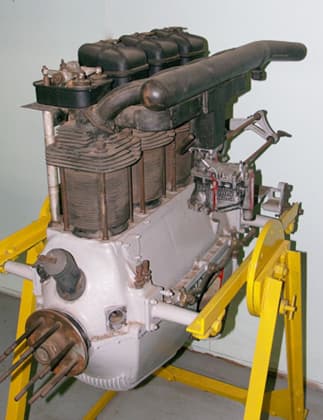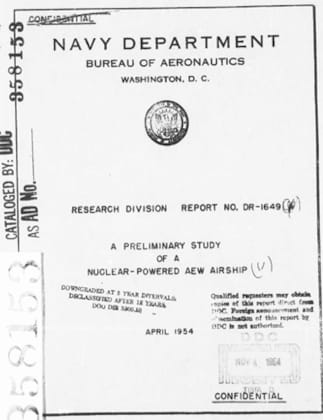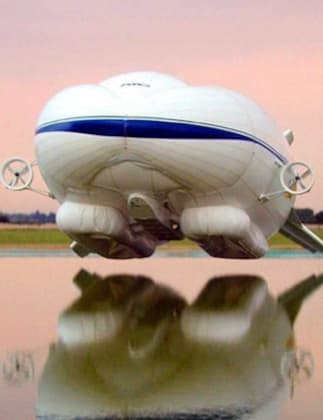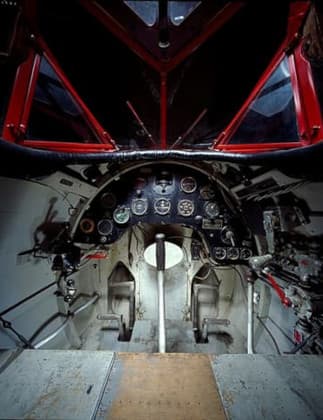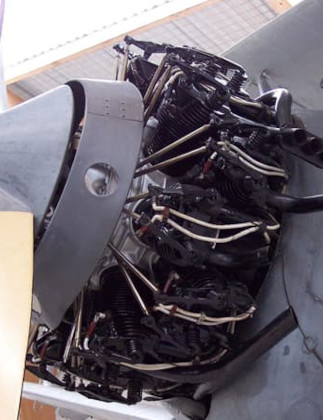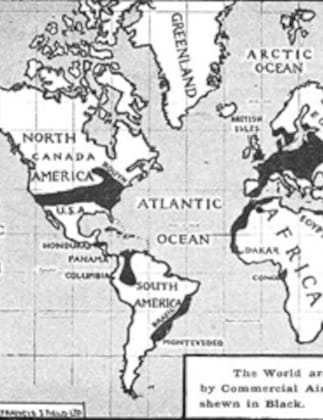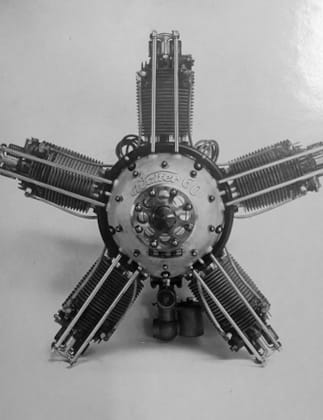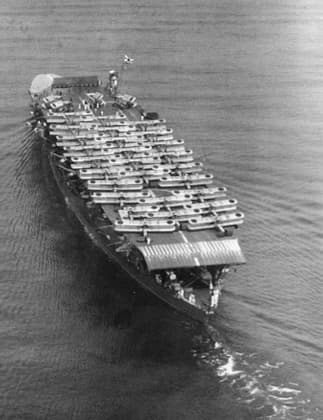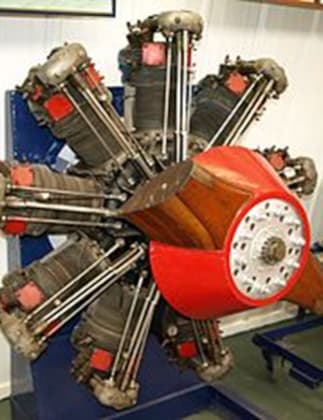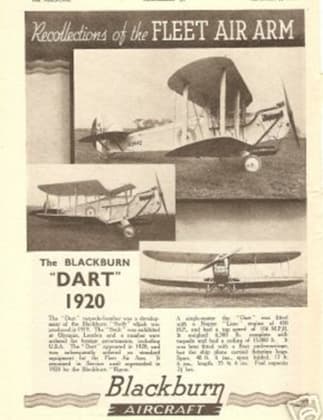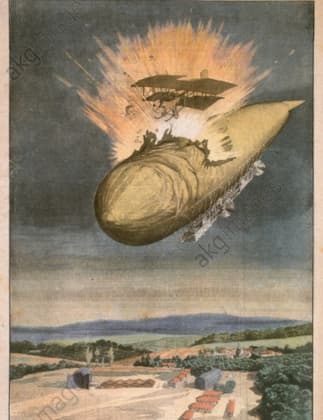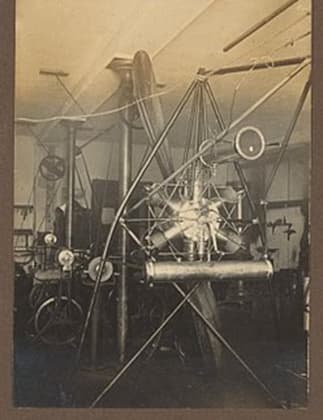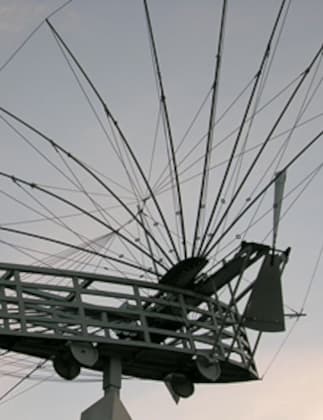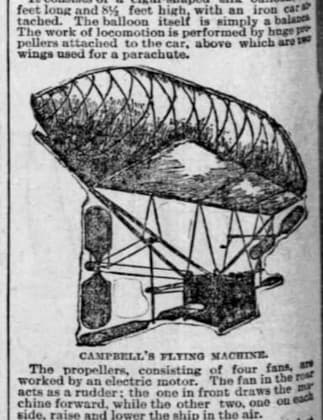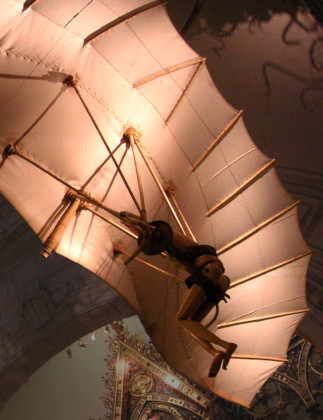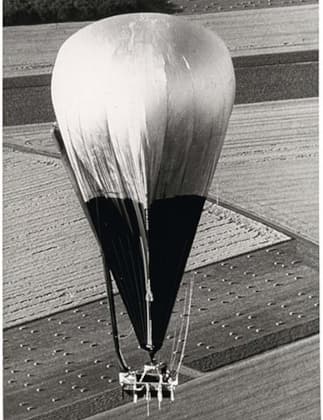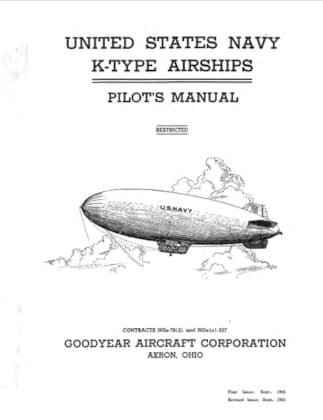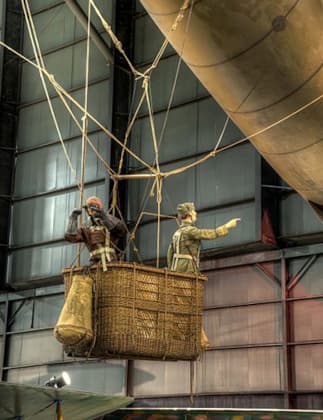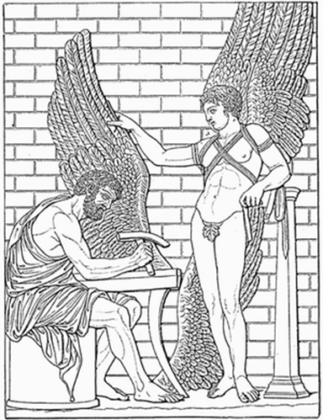Heavier Than Air Flight 1930
The move from wooden to metal construction quickened pace in 1930. High wing monoplanes became increasingly common with smaller aircraft, although very large bombers and airliners were still mainly biplanes. The new contender, cantilever, low wing monoplanes kept knocking at the door and there was some success.
Meanwhile, the Great Depression stifled good ideas among commercial airliners that might otherwise have done well. By contrast, sales of smaller utility aircraft...
Heavier Than Air Flight 1929
1929 was a year of mixed fortunes. There was a flurry of passenger airliner crashes in the midst of rapidly increasing demand. A connection could be argued with a temptation to cut corners in a year of distance and speed records. Perhaps the real winners were a new generation of high wing monoplanes, though.
Meanwhile, major protagonists in a future World War II upped the ante with larger, faster and...
Heavier Than Air Flight 1928
1928 was a lively year for aviation, with some exciting developments and also a few quirky innovations. The Soviet Union’s first five year plan delivered fighters and light bombers that sold in thousands down the years. While the United States continued producing small commercial biplanes and maintaining its military advantage.
Britain, on the other hand, focused more on maintaining control over its far-flung empire with technology that sometimes seemed to...
The 1954 American NUCLEAR Powered Airship Program
The American Nuclear Powered Airship Program
President Dwight Eisenhower addressed the United Nations on December 8, 1953, when he argued the need to stop nuclear weapon proliferation. He hoped to see atoms used for peace, although his dream went largely unfulfilled.
Nuclear power for flight had intrigued the U.S. throughout the Cold War. It would help maintain a round-the-clock defensive presence, armed with powerful nuclear weapons in case the Soviet Union...
Airships of the 21st Century Take A Fresh Breath
Airships had largely moved on from bulk passenger transport, and long-range military surveillance by the dawn of the 21st century. Fast jet planes and orbital satellites dictated new roles for the largest cargo vessels we may ever see.
Their role would shift to heavy lifting, and large cargoes to remote places. They would be able to remain aloft for weeks, and this would attract new investors. The world’s oldest aircraft...
Heavier Than Air Flight 1927
Aircraft design took a sudden, almost unprecedented step forward in 1927. Sure, the customary procession of faster, more deadly military aircraft continued. But something else was in the air. The challenge of crossing the Atlantic Ocean, and traveling in luxury airliners to the four corners of the world beckoned.
Of course, this was only in its infancy, although Fokker and Farman were getting closer to daring to do it. Meanwhile...
Heavier Than Air Flight 1926
Large passenger aircraft continued to make inroads into production schedules, after Deutscher Aero Lloyd merged with Junkers Luftverkehr to create Luft Hansa. New generation airliners boasted more spacious seats, in-flight meals, and even night beds. But others were more utilitarian, with passenger budgets in mind. The U.S. Air Force learned to entertain the public with higher speeds, and barnstorming events.
Junkers continued to take the lead with metal air frames...
Heavier Than Air Flight 1925
There were many hopeful designs that never made it to these pages because they were not sufficiently successful (if at all) to make lasting contributions. Simulation technology was primitive. Aviation was sometimeas a semi hit-and-miss-affair despite the accumulation of knowledge.
JANUARY 1925
Czechoslovak Aero A.11 Light Bomber / Reconnaissance Biplane
The Aero A.11 was a light bomber and reconnaissance biplane that formed the basis for several future military developments. Around 250 were...
Heavier Than Air Flight 1924
The aviation industry moved into a more relaxed phase in 1924. The main manufacturers seemed comfortable supplying their military or commercial niches, or both.
There was a definite uptick in interest in passenger travel, especially in larger more luxurious aircraft. The main protagonists from World War 1, Germany, France, United Kingdom and United States continued to hold the technical lead.
However, other players were knocking on doors, as the focus finally...
Heavier Than Air Flight 1923
The First World War to-end-all-wars continued to fail to live up to its name in 1923. The old animosities continued. The United States and Britain kept replenishing their reserves, while Germany built military aircraft in surrogate countries, and Japan stretched its naval aircraft wings.
But there were lighter moments too, as air passenger travel literally began to take off, mainly in small airplanes but with a few larger, luxurious aircraft....
Heavier Than Air Flight 1922 Moving Forward
1922 continued the uptick in new aircraft design, and construction. Better fighters and bombers were in demand for colonial wars, while seaplanes lined up for innovative aircraft carriers launching from ship yards.
Several innovative fast racing aircraft kept the bar above 200 mph. While passenger aircraft, large and small continued to tempt the new taste for passenger flight.
The overall trend showed the industry had shrugged off the anything-goes culture of...
Heavier Than Air Flight 1921 Moving Forward
Aircraft manufacture ticked up in 1921. However, this time the focus was more on military aircraft required for local conflicts, and maintaining self-defense capability.
The United States military developed an interest in winning competitions, and broke the 200-mph barrier. Japan entered the arena as it manufactured its own airplanes for aircraft carriers.
Civilian air transport continued to test its wings by developing local routes, although it focussed on small aircraft while...
Heavier Than Air Flight 1920 A Time for Consolidation
1920 was a year for consolidation, after rapid progress in World War 1. Hostilities had taken fixed wing aircraft to new heights and top speeds. Civilians were attracted to their potential for carrying passengers and freight on a commercial basis when hostilities ended.
However the supply of war surplus airplanes dampened demand for new models. But the military were restless because they wanted to retain air superiority in their domains.
Aircraft...
Heavier Than Air Flight 1919 New Beginnings
The world breathed easier as peace began to return to the sky. Millions of young people returned home with new life skills, keen to resume their lives over again.
There was a huge surplus of aircraft and pilots. These came together to create a world where they could fly almost as free as birds, and establish new records of personal endurance.
Air passenger and freight services began to pick up, taking...
Heavier Than Air Flight 1918 Culmination of the Struggle
1918 was a year of consolidation in military aircraft design, to the virtual exclusion of any civilian purpose. There was no lack of innovation on the part of aircraft manufacturers vying for their slice of the cake.
However, many designs failed to make it to these pages, because they were either flawed, overtaken by others, or victims of the Armistice that paused the conflict for 21 years.
First Person Clambers Aboard...
Heavier Than Air Flight 1915 to 1917
1915
Fixed wing aircraft evolved steadily from experimental to a greater degree of certainty. The quality of innovation and designs improved, although it still remained an appendage to the main war effort. Notable events included marine-air partnerships, synchronised weapons, faster fighters and more effective bombers.
U12 German Submarine Plays Seaplane Ferry (January 1915)
German Submarine U12 was a conventional attack submarine, laid down in 1912. However in early 1916 the admiralty decided...
Heavier Than Air Flight 1911 to 1914
The tempo of the drums increased, warning of a ‘war-to-end-all-wars’ that would fail to do so. The role of fixed wing aircraft in military operations was still evolving, but every wing of every army wanted a squadron. Being able to take off from the deep blue ocean seemed to offer a distinct advantage
1911
Eugene Ely Proves It Is Possible to Return to a Ship (January 1911)
Eugene Ely had taken off...
Heavier Than Air Flight 1906 – 1910
Traian Vuia Makes First Flight on a Tractor Airplane (March, 1906)
Traian Vuia, also called Trajan Vuia was a Romanian inventor and aviation pioneer who built the world’s first tractor monoplane. This meant it had the engine mounted behind the propeller so it pulled the aircraft through the air. As opposed to pushing it with an airscrew positioned behind the motor.
Traian Vuia, also called Trajan Vuia was a Romanian inventor...
First Manned, Controlled Heavier-Than-Air Flights Through to 1905
Heavier than air flight took off in longer bounds as the 20th century emerged. Progress was all around, and no more so than in the air, as gliders, balloons, blimps, and fixed wing aircraft competed for headlines in the media.
Of course we know, with the wisdom of hindsight airplanes would conquer. But how did this happen? Let us review the major developments together, before the First World War’s all-consuming...
AIRSHIPS 1884 TO 1914 The Challenge Continues in Dirigibles
The Challenge of Light Air Flight Continues in Dirigibles
An airship also commonly referred to as a dirigible differs from a balloon because it can be navigated in a chosen direction. In fact the name says it all because it derives from the Latin word ‘dingere’ meaning to direct.
Airships rise into their air because they are lighter than the atmosphere. They achieve this because their ‘stretched’ balloon contains a lighter-than-air...
Heavier than Air Flight to the Dawn of the 20th Century
Our story begins on a day in 1801. When French military officer André Guillaume Resnier de Goué achieved a downhill glide of 985 feet, while waving wire wings covered over with waxed silky material, and breaking his leg when coming down to earth.
Some thirty years later, French mathematician and brigadier general Isidore Didion remarked, ‘Aviation will be successful only if one finds an engine whose ratio with the weight...
The First Heavier Than Air Flying Machines
We can’t say exactly when a new way of thinking invoked thoughts of heavier-than-air flight. However, we believe someone, somewhere took a second look at Leonardo da Vinci’s imaginative drawings, and wondered what if they could make one of them actually fly.
Discovery of the Laws of Motion
This would not have been possible but for centuries of innovative thought in the era following the middle ages where superstition and dogma...
From 1945 to 1999 – A Quieter Period for Airships
The major fighting powers, with the exception of the United States had largely abandoned the idea of airships as weapons by the time the conflict ended. However, the part they played in observation flowed naturally into civilian life, for example advertising, sightseeing, surveillance, research and promotion.
Russia had completed its second airship in later 1944. This was a Probeda (Victory) Class used for clearing wrecks and mines in the Black...
Airships in World War II – A Decidedly American Affair
America was the only nation to deploy airships during World War II. It used their long range and stable platforms to patrol over three million square miles of Pacific, Atlantic, and Mediterranean waters.
The US deployed its airships for minesweeping, search and rescue, photographic reconnaissance, scouting, escorting convoys, and anti-submarine patrols. They also escorted military and civilian ships, of which only one was lost to military action.
However, America, the United...
AIRSHIPS BETWEEN THE WARS Lighter than Air Ships Between World Wars
The Japanese Navy established its own Naval Aeronautics Research Association in 1912. It developed an interest in airships during World War 1, especially after witnessing the effectiveness of German Zeppelins in naval battles.
It received one Zeppelin dirigible as part of German World War 1 reparations. This was one of their naval ‘super zeppelin class’ L37 (LZ 75). However, the Japanese were not interested in taking airship technology further at...
AIRSHIPS IN WORLD WAR 1 The Airship at War: 1914 – 1918
Europe entered World War One poorly prepared, despite the warning signs conflict was looming. Germany alone had developed large, powerful dirigibles capable of carrying and delivering payloads.
Britain’s cities in the South of England were obvious targets, with few military aircraft and only rudimentary anti-aircraft guns to defend against attacks from the sky above. The impact on the civilian population was terrifying. In hindsight it’s hard to imagine how the...
AIRSHIPS BEFORE 1884 The Challenge of Lighter than Air Flight (BALLOONS)
Kites were the beginning of the history of flight. However, they could not compare with birds, because they were tethered by a piece of string, or lost forever in a gust of wind. They also had severe limitations in terms of bulk and weight.
There had to be a better way, and humankind’s ingenuity would find it in balloons. However, these were also subjects of the wind when flying free....
Principles of Flight – Weight, Lift, Thrust, and Drag
The history of flight is a record how humankind defied Earth’s gravity, and more recently escaped it. Four factors have consistently been at play. Those who failed to control these have sometimes paid with their lives, or at least their aircraft.
Our understanding of flight history will be greatly enriched by understanding the dynamics of flight. We will be able to sense the particular challenges each step forward faced, and...
Oh to Fly as Free as a Bird on a Wing
Our ancestors dreamed of flying as free as birds, from at least as far back as writing began. Renaissance genius Leonardo da Vinci wrote “I have always felt it is my destiny to build a machine that would allow man to fly”.
After he flew nonstop from New York to Paris arriving May 21 1927, Charles Lindbergh wrote “It is the greatest shot of adrenaline to be doing what you...
Were Kites the Birthplace of Flight in China?
Our imagination takes off as we watch leaves scurrying in the wind, as one takes off and glides a distance. We glance up at a bird lifting in the breeze. Humankind has achieved so many things. Why can we not soar into the air too?
The First Flying Machine Painted on a Wall
The ancients surely pondered over this a long while ago. They would have experimented with different ways to...




